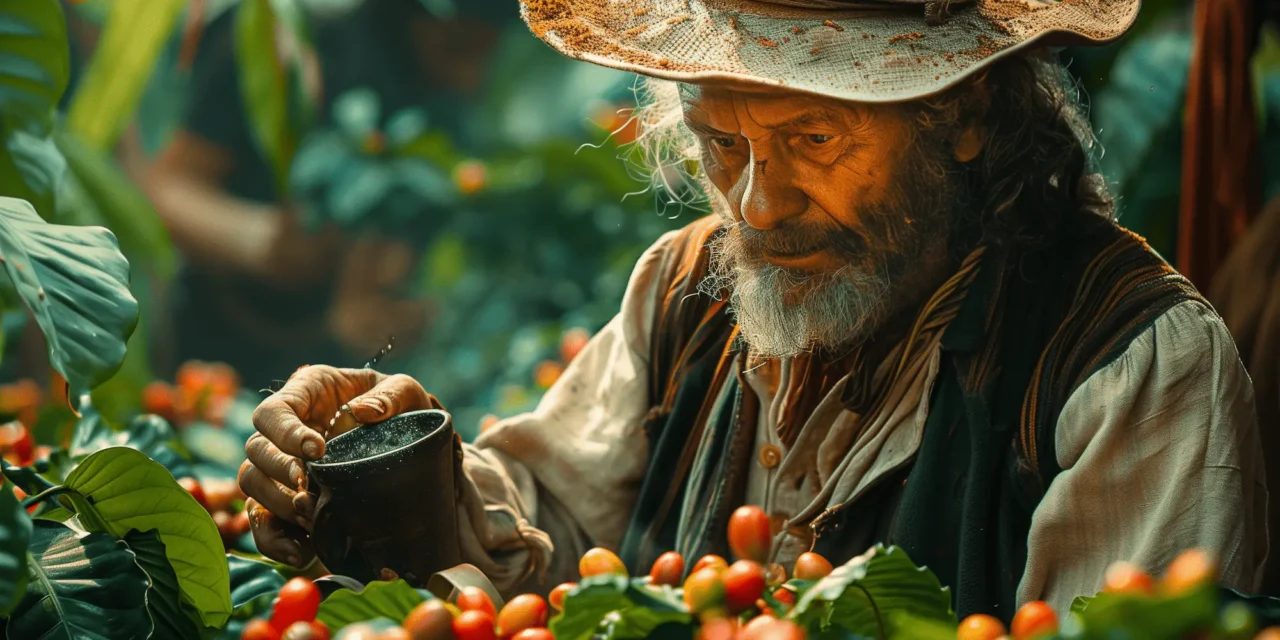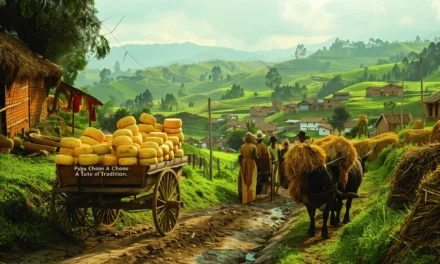Coffee arrived in the Americas as an alternative to Yemen and Java supply. French and Dutch colonies, in a few decades, became the leading coffee suppliers in international trade.
At the end of the eighteenth century, the British colonies in North America weren’t too thrilled about raising taxes on essential products. This led to the end of the tea tradition and the beginning of coffee consumption as a symbol of freedom.
A Colonial Crop: Dutch and French Interest in Coffee
The Arabs were the first to discover the coffee bean, way back in the dark ages. They began cultivating it in their homeland, and eventually, the rest of the world followed suit. The Dutch were quick to get in on the action and began growing coffee in their colonies. However, they weren’t the only ones interested in this new drink1.

The Dutch and French colonists, traders, and merchants participated in these transactions by nurturing Coffee seedlings in their home botanical gardens as if they were their own children. They would then carefully plant them on plantations in the Caribbean, making sure to give them the best possible chance to grow into strong, healthy Coffee trees1.
Private individuals assumed coffee transfer and cultivation in the New World. Climate and soil differences translated into marked taste differences1.
How the Dutch took over the coffee trade
The Dutch overtook the port of Mocha and those of the Mediterranean to transform Amsterdam into the world’s leading coffee trader for over a century. By 1730, Amsterdam was trading coffee from different locations:
- Java.
- Reunion.
- Yemen.
- American Dutch Guiana.
- St. Domingue (today Haiti).
- Martinique.
Although coffee was still a small luxury market in Europe, its demands passed Mocha’s possibilities and capacities.
Ninety percent of Amsterdam’s imports in 1721 were from Mocha. By 1726, 90% were from Java, But the Dutch were not driven just by mercantilist logic. They were willing to import cheaper coffee elsewhere and sell Java’s products in Asia1.
By 1750, Amsterdam’s American production imports almost matched its Javanese coffee purchases. Initially, the American good was mostly colonial production from Dutch Guiana1.
French Roast: The Coffee Plant’s Journey to Martinique
It’s amazing what people will do for their coffee. Lieutenant Gabriel du Clieu went to great lengths to bring a coffee plant on a voyage across the Atlantic. He had to share his water ration with the plant and protect it from different threats. Finally, in 1723 he arrived with the coffee plant and planted it in Martinique. Most coffee plants in the Americas descend from this plant2.
Soon, the price of French production from St. Domingue made that island more attractive. Before the French Revolution, over 80 percent of the world’s output originated in the Americas1.

In 1791, the enslaved people in San Domingo (Haiti) revolted and destroyed coffee plantations. This was a significant blow to the coffee industry, as it was one of the leading producers of coffee at the time2.
The rebellion lasted for 12 years. French troops tried to recover the island; however, it was in vain. Napoleon exclaimed in a fury, “Damn colonies” “Damn coffee”2
A Patriot’s Brew: How Coffee Became an American Symbol
The Boston Tea Party was a political and protest action carried out by a group of American colonists in response to the British government’s imposing taxes on tea. On December 16, 1773, the colonists, frustrated with the high taxes, disguised themselves as Native Americans and dumped crates of tea into Boston Harbor. The Boston Tea Party was a significant event in the American Revolution, demonstrating the colonists’ growing dissatisfaction with British rule.
After the Boston Tea Party, coffee became a patriotic act in the United States. Although the American colonies consumed tea, new taxes and customs with restrictions on the free trade of goods generated a rejection of tea and other products. Other goods replaced them with close and easy access. The best example was coffee grains traded in the Caribbean by Dutch and French merchants. Drinking coffee became a way to show support for the American Revolution! 3
In the 1800s, America became one of the world’s biggest coffee consumers. This was mostly due to the fact that coffee was more affordable and accessible than ever before. The expansion of coffee plantations in Brazil to satisfy the demand in Europe and the United States is the most likely reason for this3.
“From French Guyana with Love: How Coffee Found its Way to Brazil”
Brazil produced over half the world’s coffee by the 1850s and accounted for about 80 percent of the subsequent global expansion3.
The story of coffee arriving in Brazil began with a border dispute and an affair of romantic espionage. In 1727 French and Dutch Guyana discussed their borders. They decided to ask a Brazilian Official, “Mello Palheta,” to be an independent party for the decision. He fell in love with the wife of the governor of French Guyana. Both had a passionate affair in between negotiations. When the official left, she gave him flowers with fertile coffee berries in the middle of the bouquet2.
The coffee production expansion in Brazil caused quite a stir. It was so big that all the forests nearby major cities disappeared! And the landowners began a large-scale enterprise of coffee, sugarcane, and cattle. Most hard labor in Brazil was performed by enslaved people who suffered in brutal conditions until the abolition of slavery in 18882.
Hardly any coffee in Spanish colonies
Coffee in Spanish colonies? More like barely a drip! At the end of the XVIII century, coffee was hardly present in Spanish colonies. Some coffee plantations existed, and cafes could be found in the cities, but coffee consumption wasn’t common. The introduction of plantations and the kickoff of coffee consumption began decades later when most of these territories became independent and tried to find commercial opportunities in international markets4.
- Clarence Smith, W. G., & Topik, S. (Eds.). (2003). The Global Coffee Economy in Africa, Asia, and Latin America, 1500–1989. Cambridge: Cambridge University Press.[↩][↩][↩][↩][↩][↩]
- Fichman, I. (Producer), & Angelico, I. (Director). (2005). Black Coffee [Motion Picture].[↩][↩][↩][↩][↩]
- Topik, S., & McDonald, M. C. (2013). Why Americans Drink Coffee: The Boston Tea Party or Brazilian Slavery? In R. W. Thurston, J. Morris, & S. Steiman, Coffee: A Comprehensive Guide to the Bean, the Beverage, and the Industry (pp. 234-247). Lanham, Md: Rowman & Littlefield Publishers.[↩][↩][↩]
- Bonilla Cazarin, L. R. (2006). Los cafés y las revoluciones sociales. Hospitalidad ESDAI, 125-137.[↩]




